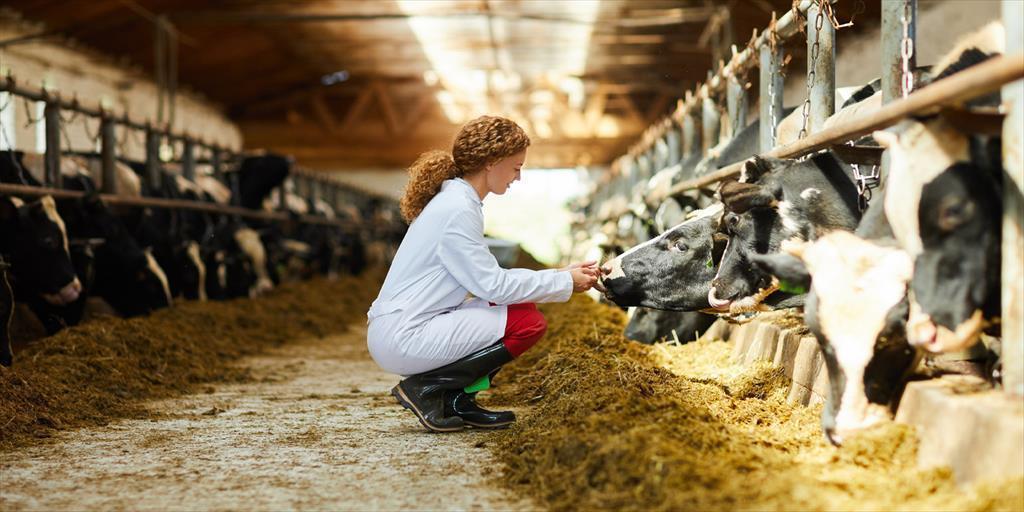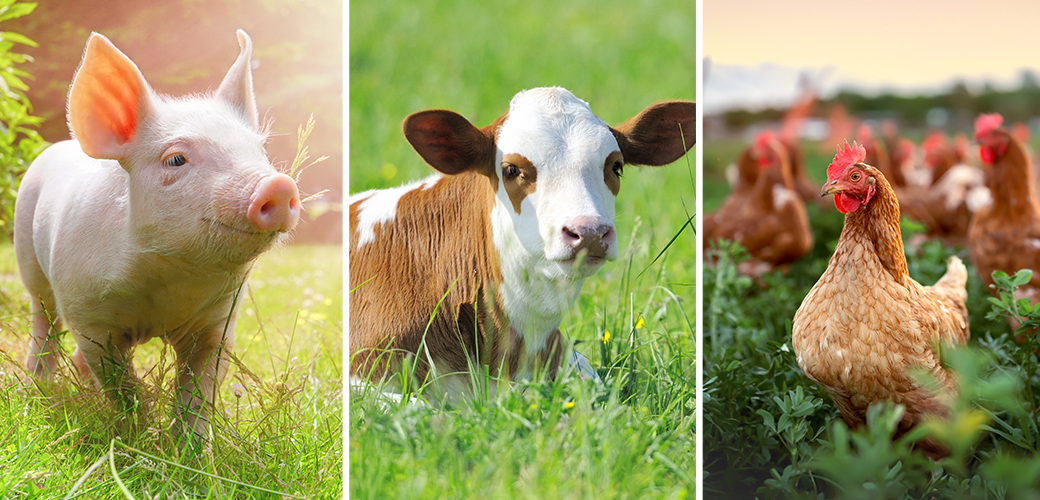In the realm of agriculture, the concept of biosecurity plays a pivotal role in safeguarding the lifeblood of our global food supply. The term ‘biosecurity’ itself might conjure images of high-tech laboratories or government agencies battling exotic diseases, but its application is firmly rooted in the day-to-day operations of farms across the world. Implementing stringent biosecurity measures is not merely a precaution; it is an indispensable strategy for maintaining the health of crops and livestock, ensuring the economic stability of the agricultural sector, and protecting public health from the threat of zoonotic diseases.
The essence of farm biosecurity is to prevent the introduction and spread of harmful agents—be it viruses, bacteria, fungi, or pests—into a farm environment. These agents can lead to diseases that devastate livestock, contaminate crops, and cause enormous economic losses. Moreover, some of these pathogens have the potential to affect human populations, making biosecurity a critical component of the broader public health framework. Farmers, therefore, must adopt a multifaceted approach to biosecurity, which starts with understanding the specific risks to their operations and taking proactive measures to mitigate them.
One of the primary strategies in establishing robust farm biosecurity is controlling the movement of animals and people on and off the farm. Livestock is often the most vulnerable to outbreaks, and introducing new animals to a farm presents a significant risk for disease transmission. Quarantining new arrivals, conducting health checks, and maintaining meticulous records are essential steps in managing this risk. Similarly, limiting and monitoring human traffic, including farm workers, visitors, and service providers, can reduce the likelihood of pathogens being brought onto the property. This extends to implementing decontamination procedures for equipment and vehicles that may have come into contact with contaminants outside the farm’s boundaries.
Another pillar of biosecurity is managing the health of the soil and water sources on the farm. Soil can harbor pathogens that affect both plant and animal health, and water can be a vector for disease. Regular testing and treatment of water supplies, along with careful management of animal waste, fertilizers, and pesticides, are critical in preventing the spread of diseases. Crop rotation, field rest, and the use of resistant varieties are among the agronomic practices that enhance the resilience of plants to disease, thereby contributing to the overall biosecurity of the farm.

The orgacids feed sanitizer environment in which animals are kept is equally as important as the external biosecurity measures. Good husbandry practices, such as providing a clean and stress-free environment, ensure that livestock is not predisposed to disease. Adequate nutrition, proper veterinary care, and the strategic use of vaccinations can bolster the immune systems of animals, making them less susceptible to infection. Furthermore, early detection of diseases through regular health monitoring allows for swift action, potentially containing and eradicating diseases before they become widespread.
Education and training of farm personnel are also crucial components of a successful biosecurity plan. Everyone involved in the farm operations should understand the importance of biosecurity and how their actions can contribute to, or undermine, these efforts. Regular training sessions can keep everyone up-to-date on the best practices and the latest developments in biosecurity. The human factor cannot be underestimated, and a well-informed team is the best defense against biosecurity breaches.





